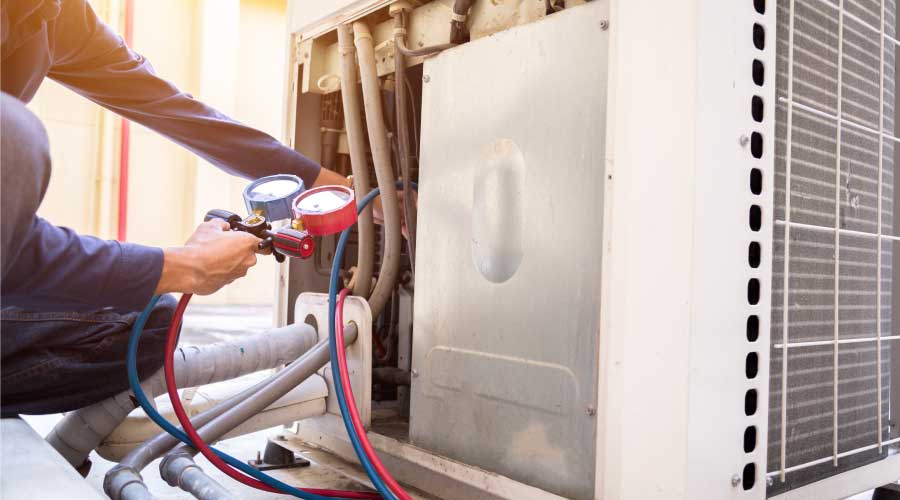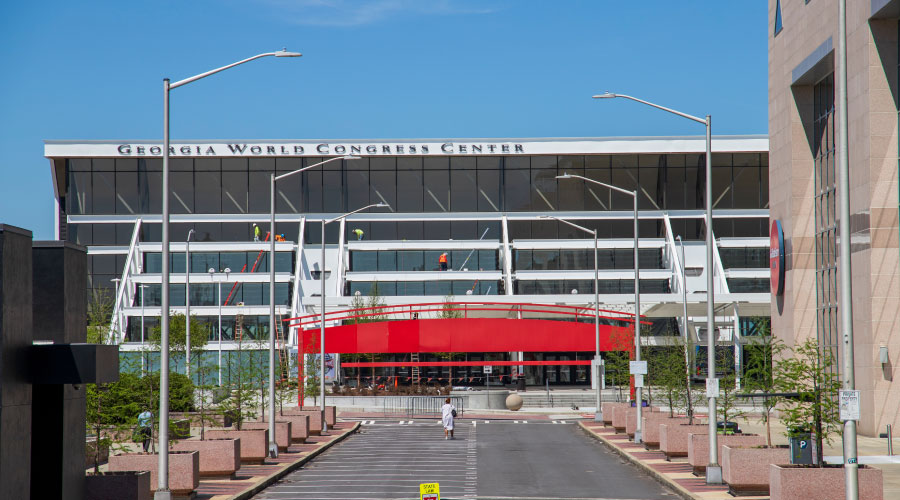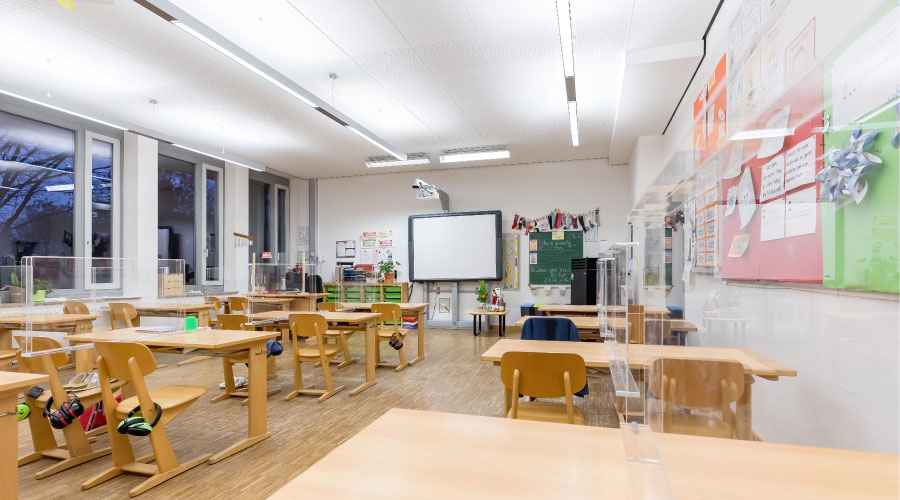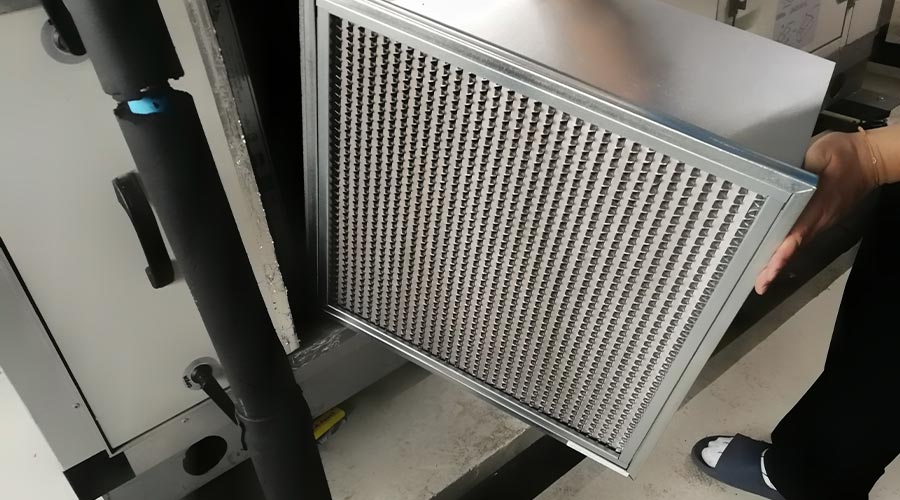Rent or Buy Cooling Equipment? Three Considerations
Three factors affect the decision to purchase or rent: duration of the need, criticality, and lead time available to install the cooling equipment.
If the application calls for central primary cooling in new construction and will continue for as long as the building is operating, the obvious choice is to purchase the needed equipment.
If the application is in a hospital or long-term-care facility, a backup generator is not a luxury but a necessity. On the other hand, temporary event cooling, such as during a heat wave, is not a continuing need, and renting a portable cooler might suffice for a specific hot spot. Opting to rent also allows a manager time to determine if a unit is right for the particular application before committing to buy.
Changes in both the size and nature of the equipment also influence a manager’s decision. Information technology data centers for many organizations continue to add routers, servers, and other high-density, heat-generating equipment. And technology advances such as system-on-chip technology can help reduce heat loads generated by routers and servers. So it is essential to keep track of these changes to ensure the cooling-equipment decision results in less maintenance, longer life cycles, and lower life-cycle cost.
Some Web sites for cooling-equipment vendors offer managers the ability to generate equipment quotes quickly. Managers can enter the information about conditions and load sources to generate a quote comparing rental and purchase options. To ensure prompt service in an emergency, some suppliers of cooling equipment maintain dozens of locations nationally stocked with large inventories of cooling equipment for rapid delivery.
Related Topics:















